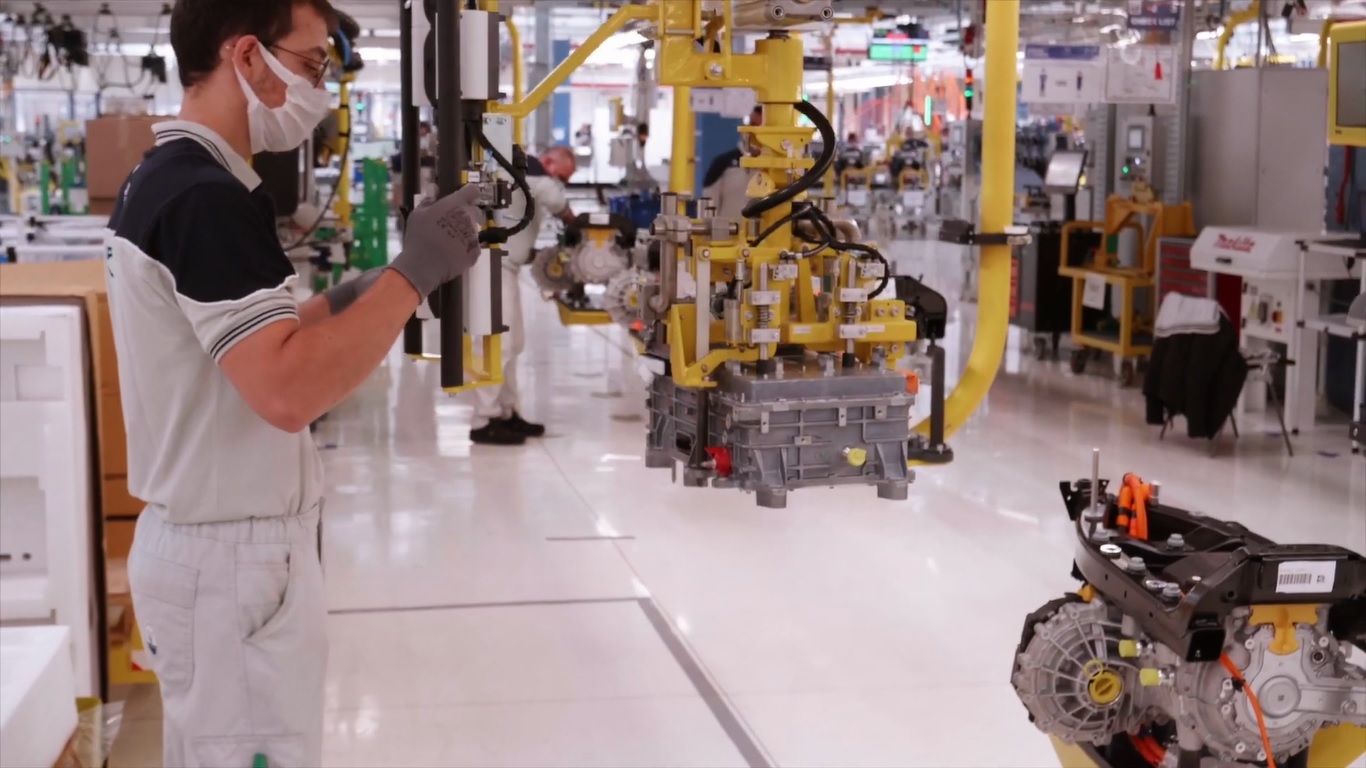How is the Italian automotive supply chain doing? Are you ready for the Fit for 55?

The Italian automotive supply chain looks to technological partners and universities to face the challenges of the ecological transition. But the EU legislator struggles to decide and uncertainty certainly does not help investment in research and development
With the rapid technological transformation underway, given by the rise of the Fit for 55 which asks the European automotive to quickly switch, by 2035, from endothermic engines to electric ones, an entire supply chain is being redesigned. Those who can adapt and reinvent themselves, those who do not succeed are destined to disappear. This is why companies are focusing on research and development and also on new partnerships as never before in the contingent phase, especially with innovative startups and universities, to accelerate processes, digitize systems and get their hands on patents that exploit the latest innovations of technique. But how is the situation in Italy, a market that has historically been closed and is perceived as traditionalist?
THE AUTOMOTIVE CHAIN MAKES INNOVATION
According to the photograph taken by the Intesa Sanpaolo Studies and Research Department based on the interview with 126 companies specialized in the Italian automotive supply chain, especially medium and large sized companies, with a total turnover that in 2021 was equal to approximately 15 billion euros, there would be good production diversification and a high propensity to innovate: 69% have, in fact, a research and development center, with peaks of 78% among the largest companies.
Technology suppliers and universities could become the main partners of companies in the sector: they were, in fact, indicated as potential partners respectively by 61% and 54% of the companies interviewed.
Nearly nine out of ten companies say they see the technological transition underway in the sector as an opportunity. However, significant investments in R&D are needed and there is still a strong link between company size and innovation projects.
THE AX OF FIT FOR 55
After all, we must arrive prepared for the entry into force of the European climate package, which substantially for the automotive industry of the Old Continent translates into a farewell to endothermic engines. In this regard, it should be remembered that 8% of the GDP of the European Union is represented by revenues generated by the automotive sector; 11.5% of the manufacturing workforce and as much as 6.6% of the overall workforce in Europe is involved in the sector.
In the last meeting, the European Environment Council (which is made up of the Ministers of the Environment of the 27 member countries of the European Union) in addition to having rejected Italy's proposal to postpone the deadline for zero emissions to 2040 climate-changing, has adopted a "common position" in view of the start of negotiations with the European Parliament and the Commission on the so-called technological neutrality , also opening the door to biofuels and "intermediate" technologies such as plug-in hybrid.
WHAT IS THE TECHNOLOGICAL NEUTRALITY OF THE EU
In 2026, therefore, according to what Agnes Pannier-Runacher , the French minister for ecological transition, the Commission "will assess the progress made towards achieving the 100% emission reduction targets and the need to review these targets taking into account technological developments, including with regard to plug-in hybrid technologies and the importance of a viable and socially equitable transition towards zero emissions ".
In short, the EU does not intend to force manufacturers to switch to electricity and is committed to evaluating alternative solutions as long as they make it possible to achieve the objectives of the fight against climate change. "This is a great challenge for our automotive industry, it is a necessity in the face of competition from China and the United States, which have staked a lot on electric vehicles," admitted the French government representative. Of course, it is not really true that the EU is not forcing the automotive industries and the respective supply chain to turn towards electricity, given that the states have started to move on the charging infrastructures, so there will hardly be room for other solutions. , at least in the short term.
TAVAREZ CONTINUES TO PUFF
Not surprisingly, the CEO of the Stellantis group, Carlos Tavares , continues to hold a very critical position with respect to the community plan under construction. "Everything I have seen and heard so far makes me believe that policy makers do not care if manufacturers have enough raw materials to support the transition to electricity and that they think that in any case we will find the solution", said the CEO on the sidelines. of his visit to the new lines of the French plant of Trémery-Metz.
As for the EU ballet on intermediate solutions compared to electric: “We do not expect to participate in the debate on hybrids: we will limit ourselves to respecting the decisions taken. The time for discussions is over: today we are in the position that our plans are operational and in the coming months we are ready to invest even more in electrification, hoping only that this European strategy will remain stable, because otherwise we could create a big issue".
This is a machine translation from Italian language of a post published on Start Magazine at the URL https://www.startmag.it/smartcity/come-sta-la-filiera-italiana-dellautomotive-e-pronta-per-il-fit-for-55/ on Sun, 03 Jul 2022 05:37:54 +0000.
